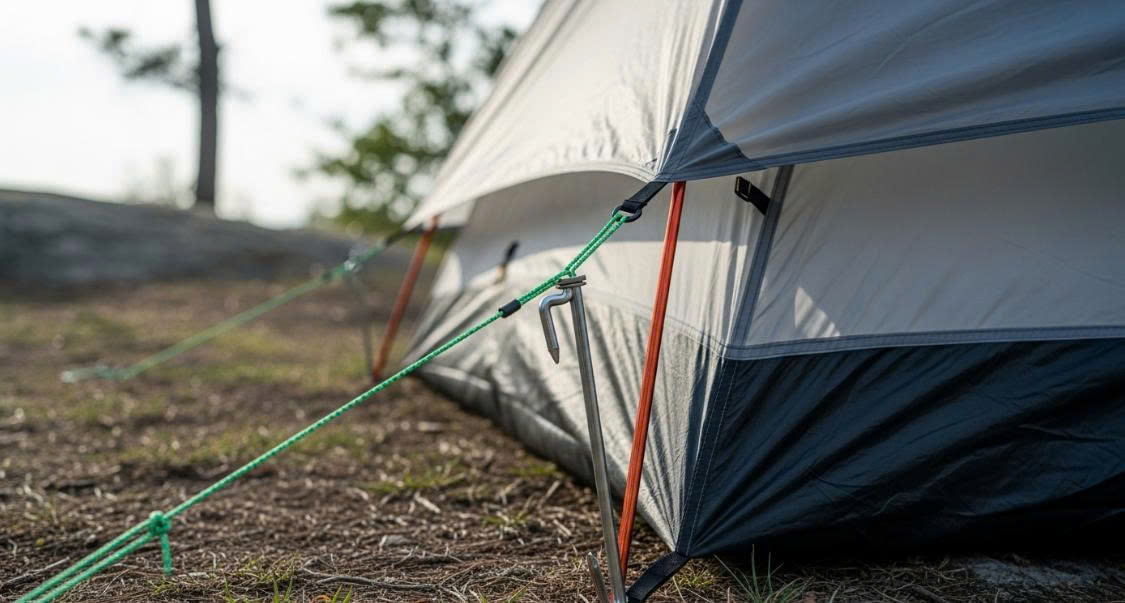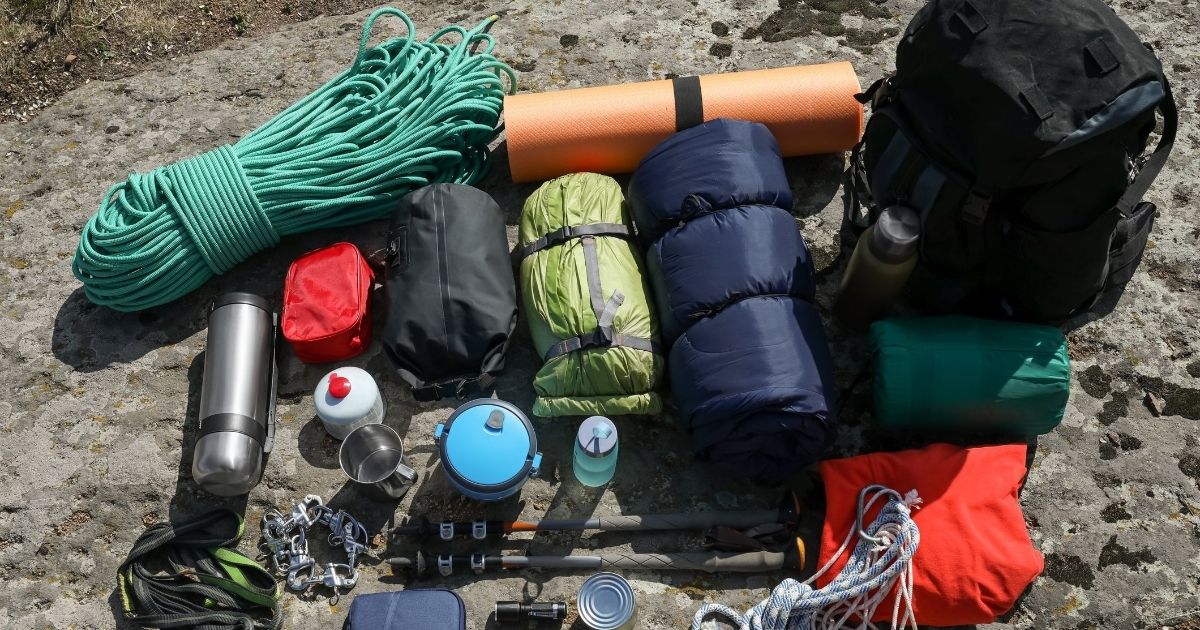So you’ve decided to become a nurse—awesome choice! Nursing is a career that’s both rewarding and in high demand, with over 520,000 students hitting the books in U.S. nursing programs as of last year, according to the American Association of Colleges of Nursing. But let’s be real: nursing school isn’t cheap. Between tuition, textbooks, scrubs, and maybe even moving for clinicals, the costs add up fast. The average nursing student graduates with around $34,000 in debt for a bachelor’s degree, and grad students can face $40,000–$55,000. Yikes, isn't it?
That’s where personal loans and student loans come in. They can help you cover the gap, but navigating the options can feel like wading through alphabet soup—FAFSA, PSLF, APRs, oh my! Don’t worry, though. I’m here to break it all down in plain English, so you can figure out the best way to fund your nursing education without losing sleep. Let’s dive into federal loans, private loans, personal loans, forgiveness programs, and some savvy ways to borrow less.
Start with Federal Student Loans: The Smart First Move
If you’re looking to pay for nursing school, federal student loans are usually your best bet. They come with lower interest rates, flexible repayment plans, and some sweet perks like loan forgiveness for nurses. To get started, you’ll need to fill out the Free Application for Federal Student Aid (FAFSA). It’s the gateway to federal loans, grants, scholarships, and work-study programs. Trust me, it’s worth the paperwork.
What Kinds of Federal Loans Are There?
- Direct Subsidized Loans: These are for undergrads who show financial need. The interest rate is low—3.73% for 2023-2024—and the government covers the interest while you’re in school at least half-time, during a six-month grace period after graduation, and if you need to pause payments later. It’s like a little gift from Uncle Sam.
- Direct Unsubsidized Loans: These are for both undergrads and grad students, no financial need required. The catch? Interest starts piling up right away. Rates are 3.73% for undergrads and 5.28% for grad students. Still pretty reasonable compared to other options.
- Grad PLUS Loans: If you’re going for a master’s in nursing, these loans let you borrow up to the full cost of attendance (minus other aid). The rate’s higher—9.08% for 2024-2025—with a 4.228% origination fee, and you’ll need a decent credit history (or a cosigner) to qualify.
- Federal Nursing Student Loans: These are a gem for students at participating schools with financial need. They come with a 5% interest rate, no interest while you’re in school or for a 12-month grace period, and a 10-year repayment plan. Check with your school to see if they offer these.
Federal loans have caps: undergrads can borrow up to $31,000 (dependent) or $57,500 (independent), while grad students can borrow more through unsubsidized and PLUS loans.
Related: Why Small Businesses Should Jump on the Private Cloud and Cloud Server Bandwagon
Why Federal Loans Rock for Nurses
- Loan Forgiveness: Nurses can score big with programs like Public Service Loan Forgiveness (PSLF), which wipes out your federal loan balance after 120 payments (that’s 10 years) if you work full-time for a nonprofit or government employer, like a hospital. The Nurse Corps Loan Repayment Program is another winner—it pays off 60% of your loans over two years if you work in a high-need area, plus 25% more if you stick around for a third year.
- Flexible Repayment: Federal loans offer income-driven plans, where your payments are based on what you earn. Plus, you can pause payments if times get tough.
- No Credit Check (Mostly): Subsidized and unsubsidized loans don’t require a credit check, so they’re easier to get if your credit’s not stellar.
Private Student Loans: Filling the Gaps
If federal loans don’t cover everything, private student loans from banks, credit unions, or online lenders like Sallie Mae, Earnest, or MPOWER can pick up the slack. These are credit-based, so you’ll need a decent credit score or a cosigner (like a parent or spouse) to qualify.
What’s the Deal with Private Loans?
- Lenders and Options: Sallie Mae lets you borrow up to the full cost of attendance and offers repayment plans like interest-only or $25 monthly payments while in school. Earnest gives you a nine-month grace period and looks at your earning potential as a nurse. Funding U is cool because it doesn’t require a credit history or cosigner—it focuses on your grades and likelihood of graduating.
- Interest Rates: You might get fixed or variable rates. Fixed rates stay the same, while variable rates can change (and climb). Sallie Mae’s lowest rates go to borrowers with great credit who set up auto-payments. Rates vary, so shop around.
- Eligibility: Most lenders want a credit score of 620–660 and a low debt-to-income ratio. A cosigner can boost your chances—Sallie Mae says you’re four times more likely to get approved with one.
Pros and Cons of Private Loans
Pros:
- They can cover the full cost of school.
- Applications are quick (Sallie Mae’s takes about 10 minutes).
- Good credit can snag you competitive rates.
Cons:
- No access to federal forgiveness programs like PSLF.
- Rates can be higher if your credit’s shaky.
- Repayment plans aren’t as flexible as federal loans.
Personal Loans: Another Tool in Your Toolkit
Personal loans are another option for nursing students. These unsecured loans from banks, credit unions, or online lenders like SoFi, Upgrade, or Discover can cover anything—tuition, supplies, or even moving costs for a travel nursing gig. They’re not tied to education specifically, so you’ve got flexibility.
Why Nurses Might Like Personal Loans
- Stable Income Helps: Nurses often have steady jobs, which lenders love. If your credit score’s decent (say, 620–660) and your debt-to-income ratio is low (under 36%), you could get a solid rate.
- Versatility: Use the money for anything—textbooks, scrubs, or even a stethoscope.
- Quick Cash: Lenders like Discover can fund you as soon as the next business day.
Debt Consolidation for Nurses
Got a mix of student loans and credit card debt? A personal loan can consolidate them into one payment, potentially with a lower rate. But here’s a big heads-up: consolidating federal student loans into a personal loan means losing federal perks like PSLF. Think twice before doing this.
Risks of Personal Loans
- Higher Rates: Personal loan rates averaged 21.68% in November 2023—way higher than federal loans.
- No Federal Perks: You won’t get forgiveness or income-driven repayment.
- Credit Ding: Applying triggers a credit check, which can nudge your score down temporarily.
Loan Forgiveness: A Lifeline for Nurses
Nurses have some fantastic forgiveness options, especially if you’re willing to work in underserved areas:
- PSLF: Work full-time for a nonprofit or government employer, make 120 payments, and poof—your federal loans are gone, tax-free.
- Nurse Corps Loan Repayment Program: Serve in a critical shortage area, and HRSA pays 60% of your loans over two years, plus 25% for a third year. Note: the funds are taxable.
- State Programs: Many states offer forgiveness for nurses in high-need areas. Check your state’s health department or financial aid office.
How to Borrow Less (Because Less Debt = Less Stress)
Loans are great, but the less you borrow, the better. Try these tips:
- Hunt for Scholarships and Grants: Check out scholarships from your school, nursing organizations, or nonprofits. The HRSA’s Scholarships for Disadvantaged Students is great for underrepresented students.
- Work-Study: Federal work-study programs let you earn money through part-time jobs to offset costs.
- Live Frugally: Live at home, share an apartment, or cook instead of eating out to save cash.
- Employer Perks: Some hospitals offer tuition reimbursement or loan repayment if you commit to working for them.
How to Get the Loans You Need
- Fill Out the FAFSA: This unlocks federal aid. Your school’s financial aid office can help if you’re stuck.
- Check Aid Offers: Compare financial aid packages from schools to see what federal loans you qualify for.
- Shop for Private Loans: Need more? Prequalify with lenders like Earnest or Discover to see rates without dinging your credit.
- Compare Carefully: Look for low rates, flexible terms, and no prepayment penalties. Online lenders often have faster applications and better rates.
Making Smart Money Moves
Paying for nursing school is a big deal, but you’ve got this. Start with federal loans for their low rates and forgiveness options. If you need more, private student loans or personal loans can help, but watch out for higher rates and fewer protections. Always tap into scholarships, grants, and work-study first to keep debt low. And don’t forget those forgiveness programs—PSLF and Nurse Corps can save you thousands if you work in the right places.
Ready to get started? Head to studentaid.gov for federal loans or check out lenders like Sallie Mae or Earnest for private options. Talk to your school’s financial aid office or a financial advisor for personalized advice. You’re on your way to becoming a nurse—let’s make sure your wallet’s ready for the journey!
Related: Your Friendly Guide to Used Car Financing and Loans


.png)




.jpg)
.jpg)






